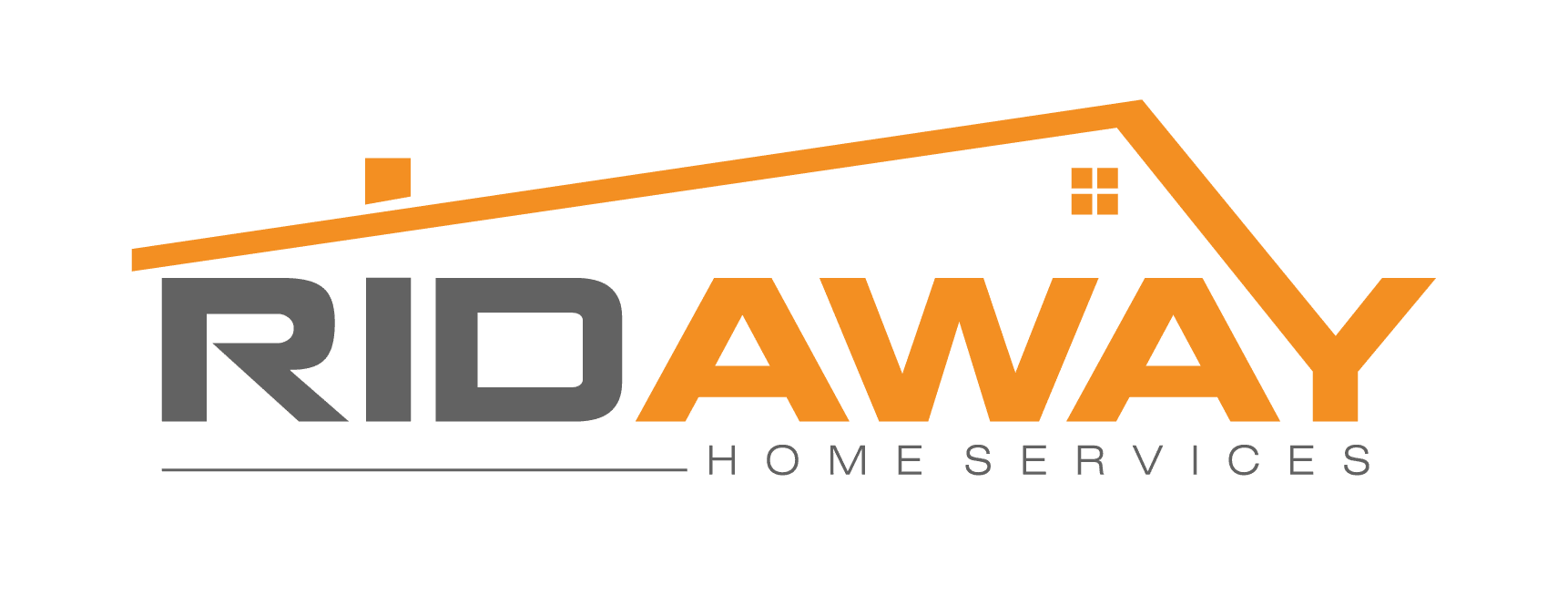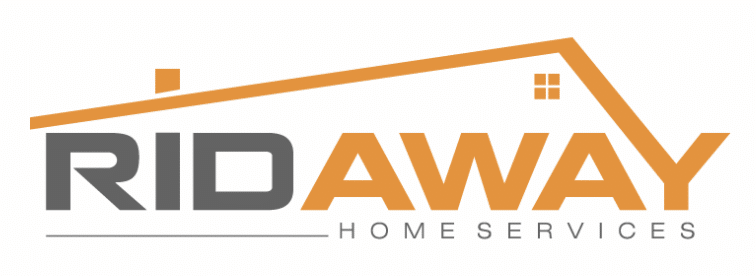Frequently Asked Questions
Have questions about keeping your home clean, healthy, and safe? RidAway has the answers!
Mold FAQs
The mold removal process starts with an assessment of the affected area that includes locating the moisture source that’s causing the mold to grow. The next steps include addressing the water or moisture intrusion issue to prevent future mold growth. Negative air pressure is used to keep the mold contained during clean-up. Existing mold is cleaned with the appropriate cleaning solution and any mold-infested items are removed from the home. Finally, air filters are cleaned to remove trapped mold spores and HEPA air scrubbers are used to remove mold spores from the indoor air.
Mold removal costs can vary depending on the size of the space that’s affected, the type and amount of mold, and the cause of the water intrusion. The best way to find out how much it will cost to remove mold from your home is to request a free quote from RidAway.
Some people are more sensitive to mold than others, however, long-term mold exposure is dangerous for everyone. Touching and breathing in mold spores can cause respiratory problems, allergic reactions, and difficulty breathing. It can also exacerbate the symptoms of certain respiratory conditions, including asthma. If there is mold in your home, it needs to be cleaned immediately.
If you do not address the underlying moisture problem that’s causing mold to grow in your home, mold will grow back after remediation. DIY mold removal from a house does not typically address the underlying issue, which is why professional removal is recommended. RidAway offers comprehensive mold remediation services that include locating the source of the moisture and addressing it to prevent future mold growth.
In most people, mold exposure results in mild allergy-like symptoms or no symptoms at all. However, for individuals with existing respiratory conditions, immune suppression, or mold sensitivities, mold can be extremely dangerous. Mold spores hurt your indoor air quality and long-term exposure can lead to severe reactions and health complications. It is important to schedule professional mold remediation as soon as you notice a problem.
Mold and mildew are both fungi that share many common features, but they are not exactly the same. Mildew is a specific type of mold that grows on damp surfaces, often in your kitchen or bathroom. It is typically easy to remove. Mold is more dangerous than mildew and harder to get rid of. It can permeate materials and cause serious damage. Most of the time, a professional is needed for mold removal.
White mold is simply a type of mold that is white in color. However, as white mold grows and matures, it can develop pigmentation and turn gray, green, or black. Like all mold, white mold is dangerous and should be removed from your home quickly.
When mold spores enter the lungs, the bronchi can become inflamed and expand, restricting airways. Over time, this can cause bronchial asthma to develop. Exposure to mold can also trigger asthma symptoms like shortness of breath, coughing, and wheezing. The longer you are exposed to mold, the more likely you are to be affected, so it’s important to schedule mold removal as soon as possible when you notice mold growing in your home.
Keeping your home well-insulated is one of the best ways to prevent mold growth in the winter. Mold thrives in warm, wet environments and when outside moisture gets into your house in the winter, mold is likely to grow. By insulating your home with a moisture-blocking material like spray foam insulation, you’ll be able to keep moisture out and prevent mold growth. It’s also important to regulate humidity levels inside your home and address moisture issues like condensation right away.
Asbestos FAQs
During the asbestos removal process, trained technicians will outfit themselves in protective clothing. They will then seal off the affected area to keep the asbestos contained. Various tools are used to safely remove the asbestos and the material is disposed of in accordance with all local laws and regulations. Finally, the affected area is cleaned, often with a HEPA vacuum, to ensure all traces have been removed.
Asbestos removal prices can vary significantly depending on the amount of material present, how difficult it is to access the affected area, and other factors. To get an accurate estimate for asbestos removal near you in Massachusetts, contact RidAway for a free quote.
Asbestos is a toxic material that is hazardous to human health. Exposure to asbestos fibers can cause serious and even fatal illnesses, including asbestosis, lung cancer, and mesothelioma. If you think you have asbestos insulation in your home, leave it alone and schedule professional asbestos removal with RidAway. Touching or disturbing the insulation in any way will release asbestos fibers into the air—you need a professional to safely remove asbestos from your home.
Mass Save® is an initiative sponsored by several Massachusetts utilities and energy efficiency service providers. It provides a wide range of energy efficiency services and helps residents manage their energy costs. The Mass Save® insulation rebates are a part of this program. Currently, Mass Save® offers insulation rebates worth 75-100% of the cost of an insulation upgrade.
Three of the most common and effective asbestos removal methods are abatement and encapsulation. Asbestos abatement is the process of physically removing asbestos insulation from a home or building. Asbestos encapsulation is the process of sealing asbestos insulation to prevent the fibers from breaking off and becoming airborne. During the asbestos removal process, RidAway will evaluate the affected areas and determine the safest and most effective asbestos removal method for your home.
Asbestos isn’t just in insulation! Certain types of flooring can also contain asbestos. The most common asbestos flooring materials include vinyl asbestos floor tiles, thermoplastic floor tiles, linoleum and vinyl sheet flooring, and floor screed. If your home has a lot of asbestos flooring, it should be removed.
There are plenty of safe and effective insulation materials that do not contain asbestos, including polyurethane foam, fiberglass, mineral wool, and cellulose. If you have asbestos insulation in your home, RidAway can safely remove it and help you save up to 100% on new insulation with Mass Save® rebates.
Asbestos is most commonly found in insulation, but there are several other locations where asbestos may be hiding in your home. Asbestos can be found in roofing shingles, flooring, tile glue, acoustical plaster, joint compounds, and fire curtains. If you think there is asbestos hiding in your home, call RidAway for an inspection and asbestos removal services.
Vermiculite FAQs
Vermiculite insulation contains asbestos and needs to be removed by a professional wearing certified safety equipment. Vermiculite insulation is removed the same way asbestos insulation is removed. It can either be physically removed from the home or it can be sealed to prevent asbestos fibers from becoming friable and airborne.
Vermiculite removal costs can vary depending on many factors, including where the vermiculite is, how hard the area is to access, and the amount of vermiculite present. To find out how much vermiculite removal near you in Massachusetts will cost, call RidAway for a free estimate.
Vermiculite on its own is not dangerous. However, almost all vermiculite insulation contains asbestos, which is dangerous and can cause serious health problems. If you believe there is vermiculite insulation in your home, don’t touch it! Disturbing the material will cause fibers to become airborne, which is when they become dangerous. Instead, call RidAway for an inspection and vermiculite insulation removal.
Nearly all vermiculite that was mined for insulation in the United States came from a mine in Libby, Montana that also contained a deposit of asbestos. As a result, virtually all vermiculite that was used for insulation in the United States is contaminated with asbestos.
Have a question we didn’t answer? Call 781-528-0886 or contact us for help with asbestos, vermiculite, and mold removal near you in Massachusetts.
Bring home safety & comfort
WHAT PEOPLE SAY ABOUT US
saved me from pests
My home was besieged with termites and I needed them removed ASAP. RidAway came immediately and within a day the insects were gone. Home is safe again, as is my peace of mind. Thank you!
Kit Crawford
QUICK FIX to water leak
I had a pipe burst that flooded my basement and filled the home with nasty mildew. RidAway pumped every drop of water from my home, cleaned the mess, and now the air is clean again.
Van Carlton
BYE ASBESTOS, HI FREE INSULATION
I've always been afraid of the toxic asbestos living in my walls. Not only did RidAway dispose of it, but they filled the replacement with free insulation. I didn't pay a penny! Amazing service.
Rob Delaney

